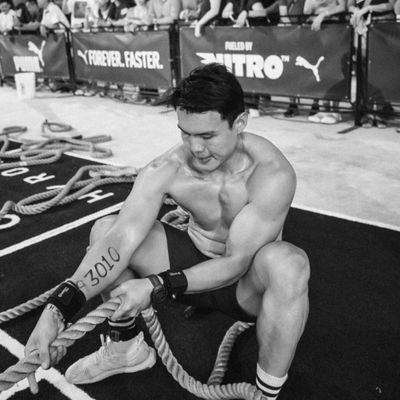Everyone knows +6% monthly compounded gain will give you a +100% annualized gain. But very few dissect this +6% gain into what is required of your average trading proficiency. Let me give a quick but conservative case of 25% win rate month revolving controlled avg R loss at -0.7, and purely a 0.17% risk to equity of start month. 1. Risk: 0.17% risk to equity per trade (a single R loss is 0.17% of account equity) 2. Trade frequency: 64 trades, 16 win, 48 loss. 3. Win rate: 25% only 4. Avg R gain 4.3 multiples, Avg Holding Period For winning trade (<15 days) 5. Avg R loss -0.7 multiple, Avg Holding Period For Losing trade (<4 days) 6. Profit Factor: 6.14 7. Gain to Pain: 2.1 If you use this as a benchmark and strive to improve the numbers here, control what you can control specifically on your losses, you can hit +100% year even with a few controlled losing months.
Everyone knows +6% monthly compounded gain will give you a +100% annualized gain. But very few dissect this +6% gain into what is required of your average trading proficiency. Let me give a quick but conservative case of 25% win rate month revolving controlled avg R loss at -0.7, and purely a 0.17% risk to equity of start month. 1. Risk: 0.17% risk to equity per trade (a single R loss is 0.17% of account equity) 2. Trade frequency: 64 trades, 16 win, 48 loss. 3. Win rate: 25% only 4. Avg R gain 4.3 multiples, Avg Holding Period For winning trade (<15 days) 5. Avg R loss -0.7 multiple, Avg Holding Period For Losing trade (<4 days) 6. Profit Factor: 6.14 7. Gain to Pain: 2.1 If you use this as a benchmark and strive to improve the numbers here, control what you can control specifically on your losses, you can hit +100% year even with a few controlled losing months.
A trader with consistent 35%> win rate YoY avg with the above simple trading philosophy can be a deadly weapon in the market.
just a word of caution, use the above variables as a benchmark, not as a target that you will set for individual trade. if you do that, you are creating limitations behaviour to your trading and missing outlier trades that can have 50-100R gains to push up avg PF. also, those numbers I layed out are variables. you can have higher risk to equity with lower trade frequency. you can have higher win rate but lower PF. you need lots of data to figure out what your average statistics as a trader to your strategy


